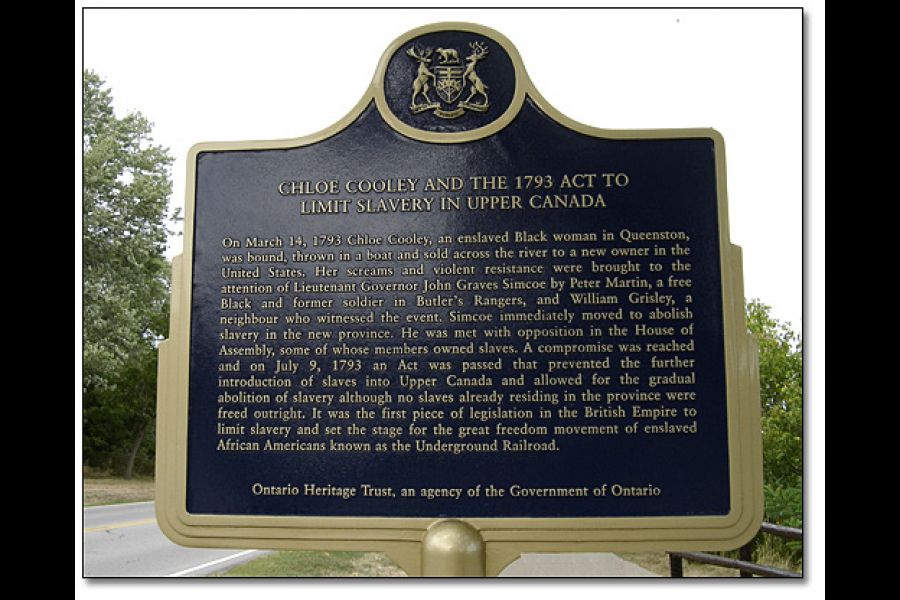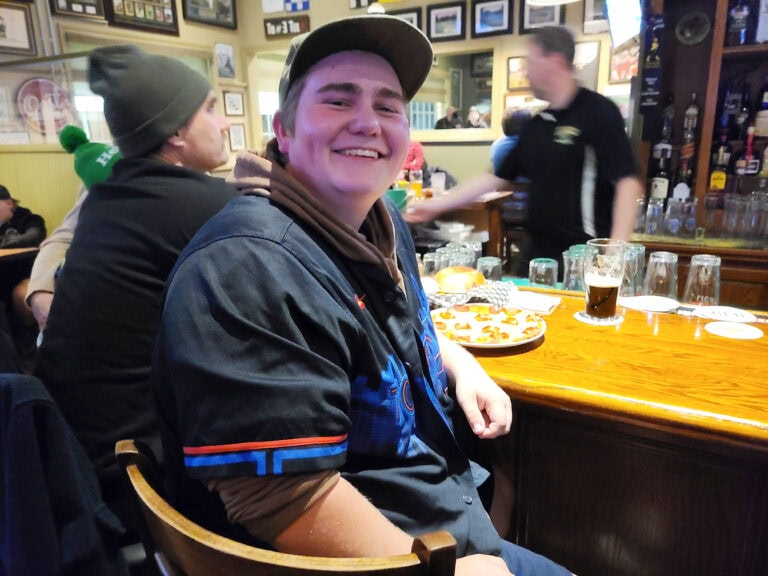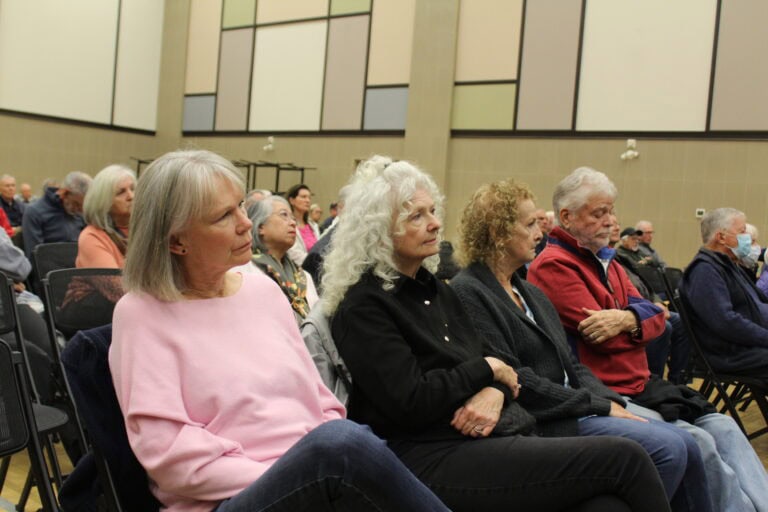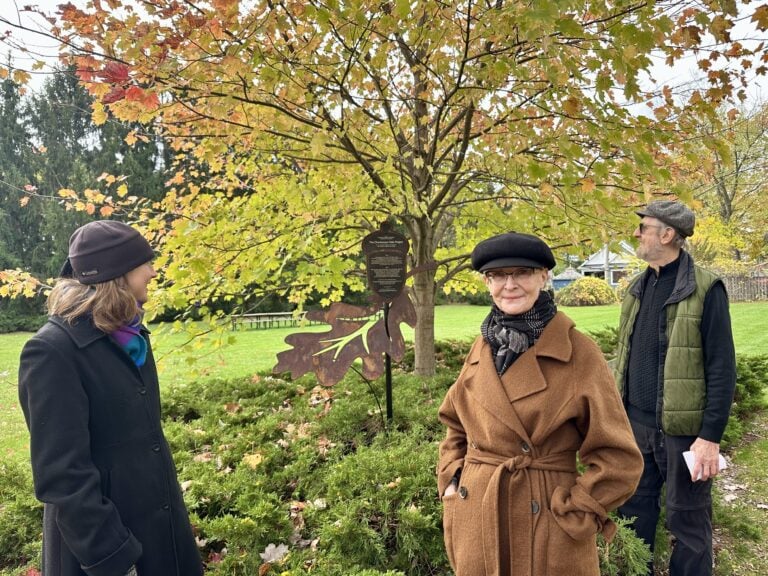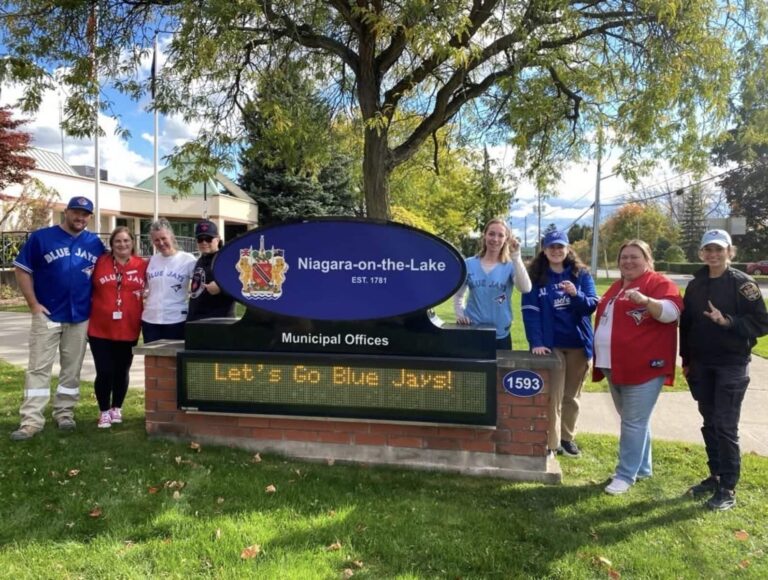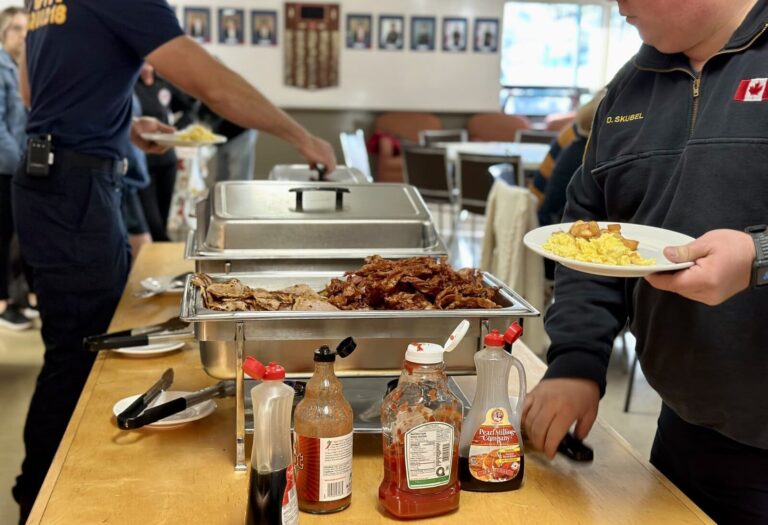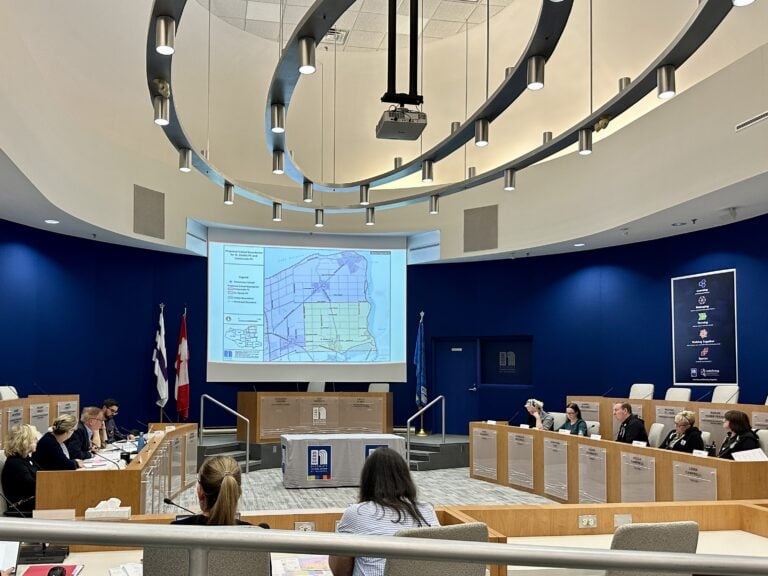Shawna Butts / NOTL Museum
Special to The Lake Report
In 1793, Chloe Cooley, a woman enslaved in Queenston, was bound, tossed in a boat and transported across the Niagara River to be sold by her owner Adam Vrooman.
Whispers of abolition had been circulating in the newly formed province among the enslaved and enslavers. Many enslavers decided to liquidate their slave assets at this time for fear of losing money. Cooley resisted fiercely, knowing that her potential freedom in Canada was in jeopardy.
Peter Martin, a free black man, a former Butler’s Ranger, and a leader in the black community, appeared in front of the executive council of the legislature to inform Lieut.-Gov.
John Graves Simcoe of the violence exhibited against Cooley. Simcoe, who was already an abolitionist, became more determined to enact legislation that would ban slavery in Upper Canada. Since many of the executive council members were slave owners themselves, Simcoe was only able to pass a bill that would slowly phase out slavery in Upper Canada. This act was made into law on July 9, 1793.
The act did not free existing slaves; however, it forbade the importation of new slaves, granted freedom to the children born from slaves when they
reached age 25 and ensured the children of these newly freed slaves would also be free. It allowed for the gradual abolition of slavery and set the stage for the beginnings of the Underground Railroad.
For more information on Niagara-on-the-Lake’s black history and to learn more about members of the black community in Niagara, please visit vofpark.org.



